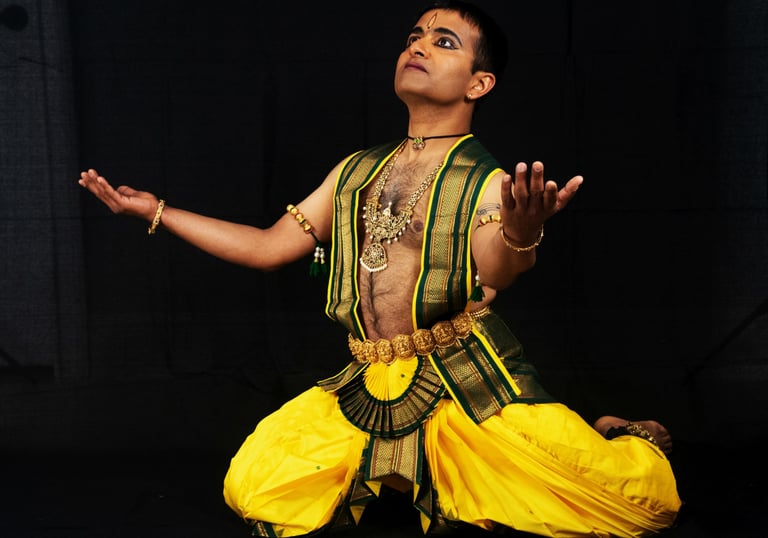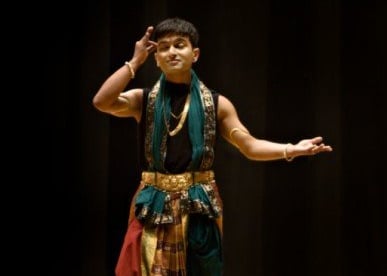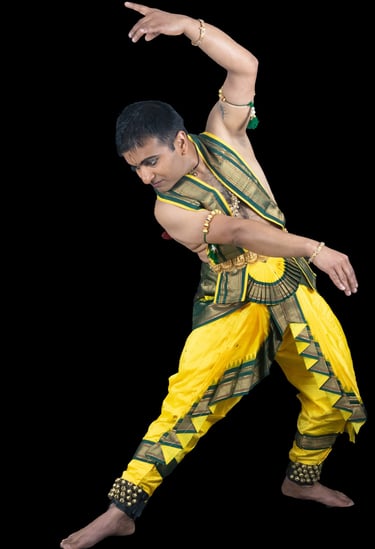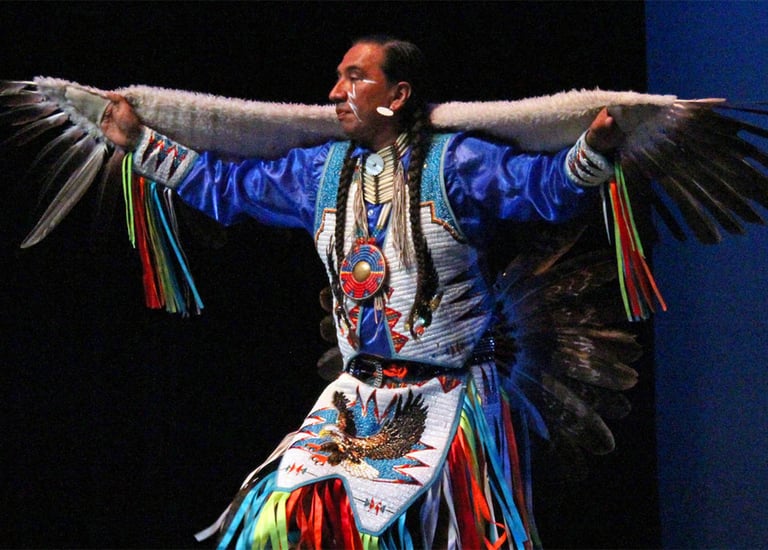

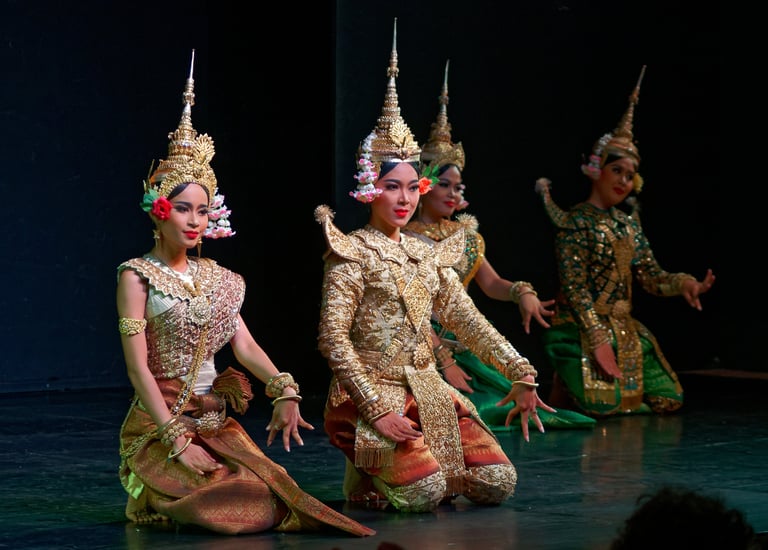

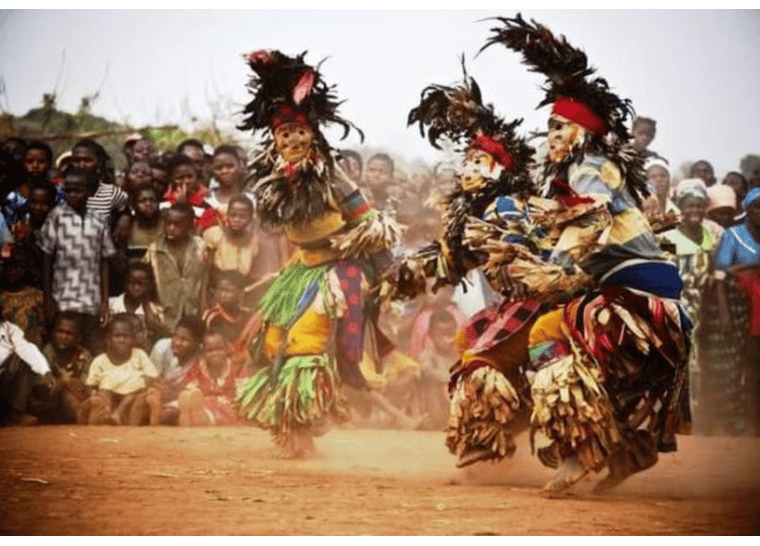



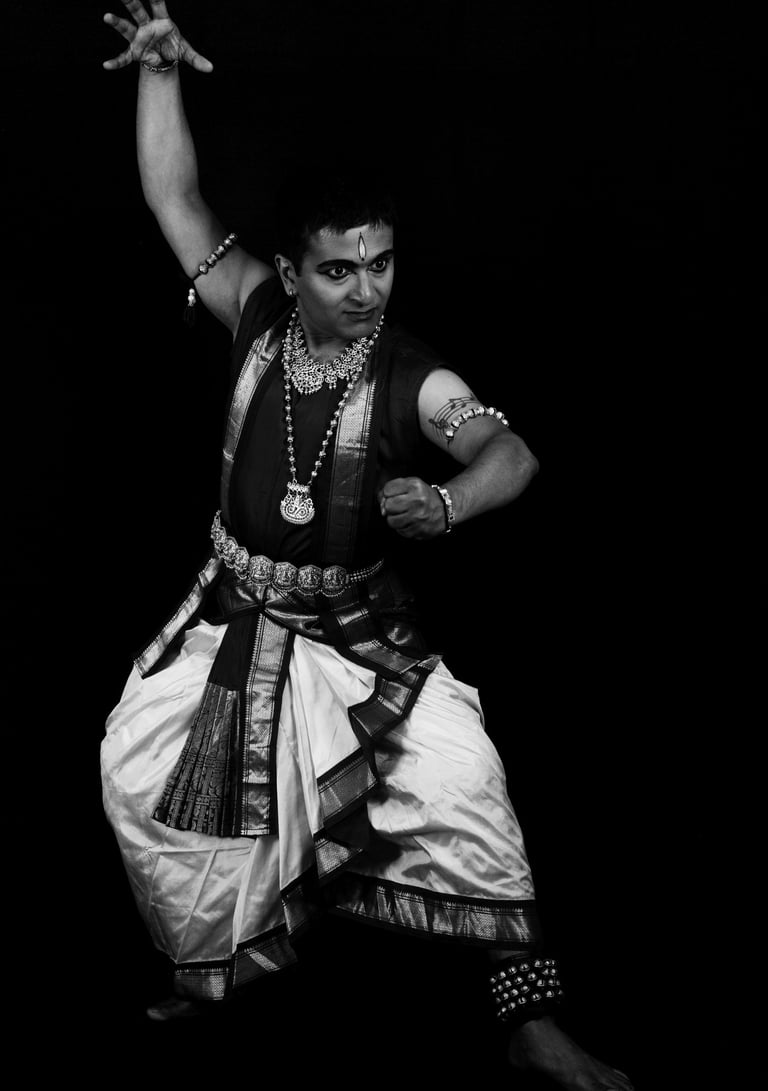

About Bharatanatyam
Bharatanatyam is one of the most ancient forms of codified classical dances of the world. This dance style is not just made of bodily movements, but is a whole language in itself. The word Bharatanatyam is a conjoined word: Bhava means expressions, Rasa means emotions, taalam means rhythm and Natyam means theater.
Bharatanatyam is not just dance, but a sophisticated platform to express complex ideas, stories, and deep ideas of Indian philosophy. Above all, it allows a manifest spiritual link to the slice of the divine you connect with. The trained and engaged dancer attempts to bring the divine on the stage, similar to a shrine in a temple.
